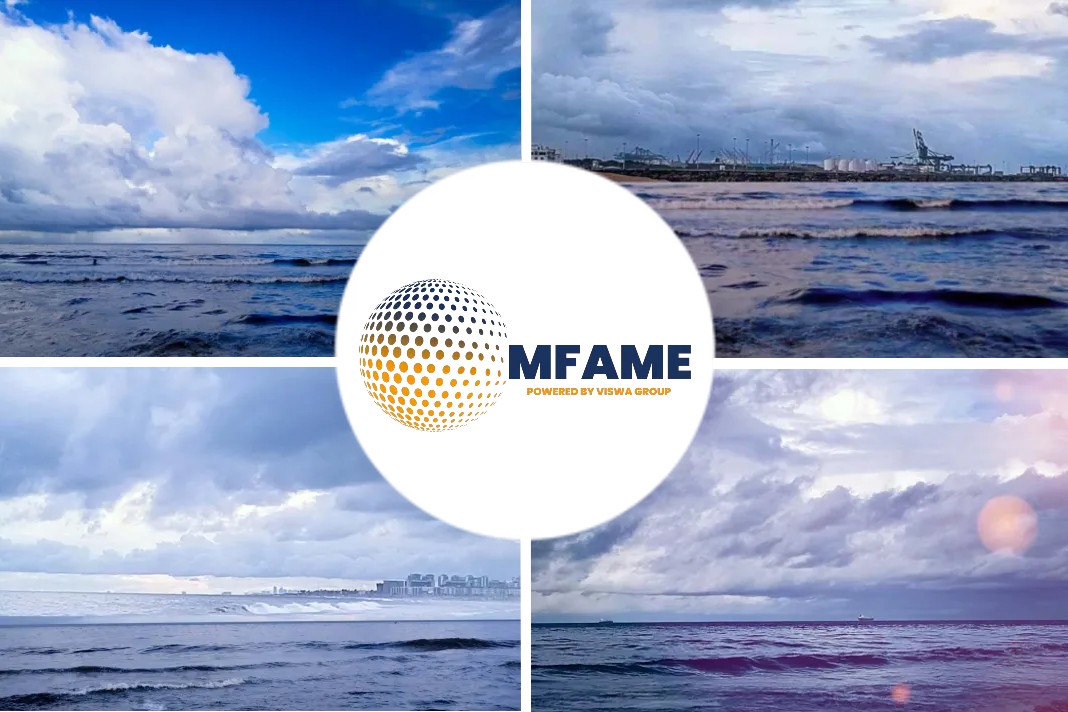
West P&I Club has noted a concerning rise in incidents involving vessels undergoing in-transit cargo fumigation leading to the accidental exposure of crew members to phosphine gas (PH3), a colourless and odourless fumigant used during the process.
In-transit cargo fumigation
The Club has identified the primary causes of gas entry into vessel accommodation and working spaces. Deficiencies in the ventilation systems within these areas have allowed gas infiltration due to a failure to maintain positive pressure. Gas ingress has also been observed through electrical conduits and structural defects in adjoining bulkheads, including cracks and corrosion holes, emphasising the necessity of rigorous maintenance and inspections. Another significant contributing factor is the omission of assessing the gas-tight integrity of cargo holds before fumigation.
The Club’s findings align with those of the Bahamas Maritime Authority (BMA), which also experienced two tragic incidents of in-transit fumigation on their flagged vessels: the M/V JUPITER (May 2022) and M/V FRI DOLPHIN (February 2020). The accident investigation reports from these incidents reveal that fatalities related to in-transit fumigation are not isolated occurrences; rather, they have been happening over several years and across various flag state administration vessels.
Need for a multi-faceted approach
To ensure the effective prevention of gas-related incidents, the Club emphasises the need for a multi-faceted approach:
- Identification and confirmation of gas-tight cargo holds by the responsible fumigator, with particular attention given to those adjacent to accommodation and working spaces.
- A thorough inspection of all areas that could be affected by fumigant gas entry to identify and rectify potential risks.
- Maintenance of positive pressure within accommodation ventilation systems and surrounding areas to prevent gas ingress.
- Installation of a reliable gas detection and alarm system, particularly in the engine room, where positive pressure air environments may be challenging to maintain.
- Regular inspections, maintenance, and calibration of gas detection equipment to ensure accurate and dependable readings.
- Comprehensive training for the crew on gas detection systems, including operational procedures, interpretation of alarm signals, and appropriate responses during gas-related emergencies.
Did you subscribe to our daily newsletter?
It’s Free! Click here to Subscribe!
Source: West P&I
















